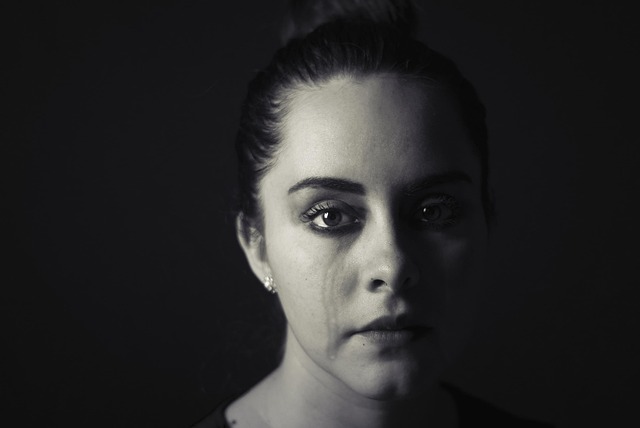In the realm of photography, the power of dramatic lighting can transform an ordinary scene into a breathtaking work of art. When you delve into the world of dramatic lighting, you begin to understand how light can sculpt images, create emotions, and tell compelling stories. Mastering these techniques enables photographers to elevate their work and captivate their audience.
One essential aspect of dramatic lighting is the use of contrast. This can be achieved through a combination of harsh and soft light, where shadows play as pivotal a role as highlights. For instance, consider a portrait shot where light cascades from one side, casting bold shadows on the other. This interplay creates depth, drawing attention to the subject’s features while simultaneously evoking an emotional response from viewers.
Another critical component is the directionality of light. Utilizing side lighting or backlighting dramatically changes the way a scene is perceived. Side lighting enhances texture, emphasizing the inherent details within the subject. Backlighting, on the other hand, allows for silhouettes to emerge, filling the viewer with intrigue and mystery. Experimenting with light direction can breathe life into your images and provide an unexpected twist that resonates deeply with the audience.
Moreover, the color temperature of your light source can evoke distinct moods. Warm light may impart feelings of comfort and nostalgia, while cooler tones often elicit tension or melancholy. Understanding how to manipulate these aspects through your camera settings and optics can amplify the narrative you wish to convey. The interplay of ambient light with artificial sources, such as flash or LED lights, can also create dynamic visuals that pull viewers into the narrative of your photograph.
Using light modifiers, such as softboxes, reflectors, or diffusers, enhances your control over dramatic lighting. These tools can help soften harsh light or add fill to shadows, allowing for a balanced yet striking composition. Whether shooting in a studio or out in the wild, these accessories are invaluable for creating the desired atmosphere and drama in your photos.
To fully embrace dramatic lighting, practice is essential. Spend time observing how light behaves at different times of the day and in varying environments. The golden hour, for example, is renowned among photographers for its warm tones and long shadows, which can create a mesmerizing effect. Take your camera and venture outdoors, experiment with capturing landscapes and portraits alike, and watch how shifting light conditions affect your imagery.
In essence, mastering dramatic lighting techniques in photography is a journey that requires patience and creativity. As you hone your skills and develop an understanding of how light influences your work, you’ll find that every photograph tells a story infused with emotion and drama. Embrace the challenge, and allow the magic of dramatic lighting to transform your photographic artistry.




